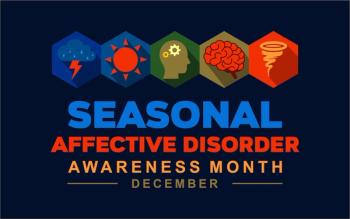
Face-to-Face Price Transparency
When people seek price information before getting care, they are not just looking for data online-they are turning to providers and staff for face-to-face help.
Co-written by Andrea Ducas, MPH, a program officer with the Robert Wood Johnson Foundation
Efforts to inject greater price transparency into healthcare continue to gain momentum. Just this year, Blue Cross and Blue Shield of North Carolina published its public online cost estimator for services and procedures in the state. A month later, the Health Care Cost Institute
These efforts join those of
While insurers and private companies have tended to lead these efforts, what role can practice and hospital administrators play in increasing price transparency?
According to the
Instead, people report that they more frequently seek price information through conversations with receptionists and other office staff and with doctors. The survey found that 48% of people who had sought price information before getting care had asked a receptionist or other office staff about prices. And 46% of people who had sought price information before getting care had asked a doctor about prices. In other words, when people are seeking price information, they are not just looking for data online—they are turning to providers and staff for face-to-face help.
For practice and hospital administrators, equipping receptionists, nurses and doctors with price information tools and training in how to use them may be an important step toward helping patients and families navigate and understand their care. In order to play this role, these professionals need to be able to access up-to-date price information for entire episodes of care that are specific to insured people’s benefits and that reflect any discounts available for uninsured people. Additionally, they’ll need the skills and support to be able to discuss prices in ways that are productive and supportive across patient populations, particularly for people with complex, chronic conditions or those who are low-income.
While doctor-patient conversations about costs
Doctor-patient interaction about prices and costs is an area ripe for better and more actionable information. The roles of receptionists and nurses in helping patients understand prices and costs also merits further inquiry and experimentation. While reliable data is important, patients still need face-to-face help understanding and using price information, so that they can get the care they need without incurring financial harm.
Newsletter
Stay ahead of policy, cost, and value—subscribe to AJMC for expert insights at the intersection of clinical care and health economics.













































